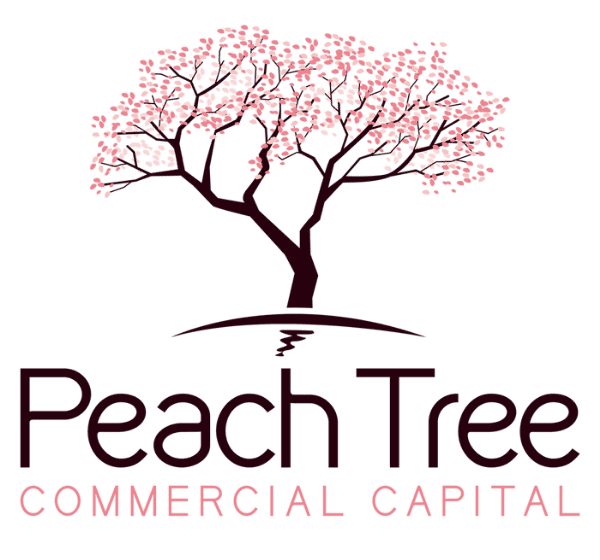Managing your business’s cash flow is a crucial part of surviving a turnaround. The better cash flow the business has, the more maneuverable it is. Managers must include cash flow in each stage of the turnaround plan.
Developing a turnaround plan early improves a business’s chance of success. Being realistic about current assets, expenses, and cash flow isn’t always easy. That’s why many businesses choose to consult with outside advisors who can objectively assess the situation.
If your business has seen an increase in outstanding accounts payable, declining cash flow, unresolved near-term debt, and large contingent liabilities, these are signs you could be in trouble. Acting swiftly to address working capital improves the business’s ability to execute a successful turnaround.
Once you identify cash flow problems, it’s time to build a strategy that can be implemented quickly and has measurable benchmarks for success. Communicate changes clearly across all levels of the organization. Stakeholders need to have access to a cohesive company-wide plan.
Three of the most effective actions in a turnaround plan are:
- Eliminating unprofitable assets
- Managing debt
- Increasing working capital
Several financial solutions can aid in one or more of these actions at a time. Refinancing debt, for example, can reduce monthly payments and free up working capital. Below are a few more specific examples of how your broker can help you manage your business’s cash flow in a turnaround.
Factoring
Factoring improves cash flow by allowing your business access to money owed by your clients before they pay. In other words, you can sell invoices, purchase orders, and contracts to an outside firm. That firm – called a factor – buys your AR and collects repayment from your client. After collecting a small fee, they forward any remaining money to you.
If either of these situations seems familiar, factoring could be the solution you’re looking for:
- You have multiple clients with unpaid invoices, clients who are historically slow to pay or work in an industry with long standard payment terms.
- You need cash from clients to fund materials for incoming orders, you have contracts with reliable clients who pay consistently on time, and you want to avoid adding debt to your business’s balance sheet.
Lines of Credit
Lines of credit give you access to working capital when and as often as you need it. You only pay interest on the amount you’ve borrowed from the line. So, if you have an open account with a zero balance, you won’t need to make interest payments. This flexibility makes a line of credit an excellent part of an emergency backup plan.
A line of credit is a viable solution for your business if:
- You have seasonal ups and downs in revenue, you have recurring debts, and you can pay down your balance when business is booming.
- You want a backup plan in place for when you need to access cash in a hurry or when you need funds to fulfill special orders or customer requests, and you don’t want to be locked into long-term debt.
Sale-Leaseback
Most often used by businesses with high-performance equipment, a sale-leaseback lets you sell an asset and lease it back. The initial sale brings in a lump sum payment to boost working capital. The equipment asset stays in place so you can continue to utilize it. Then, your business pays a monthly fee to the new owner for the use of the equipment. You may have the option to buy back, renew, or surrender the equipment at the end of your lease term.
A sale-leaseback may be useful to you if:
- Your business relies on equipment like heavy machinery, tractors, commercial ovens, or printing presses to operate and you don’t want to be responsible for upgrades or repairs.
- You need to increase cash flow immediately but don’t want to stop using your current equipment assets.
SBA 7(a) Loan
The SBA 7(a) loan is one of the Small Business Administration’s most popular financial solutions. It can help a business pay for real estate, equipment, construction, and refinancing. It’s also one of the few SBA loans that allow for working capital. As long as your business meets the eligibility requirements, you can apply for an SBA-backed loan through a private lender.
The SBA 7(a) loan could be right for your business if:
- Your business has been turned down for financing in the past, is for-profit, and has a net worth of $15M or less.
- You need a loan that’s flexible enough to cover your day-to-day expenses like payroll, supplies, utilities, rent payments, and custodial work, but you don’t want to be weighed down by a long-term payment plan.
Conclusion
These working capital solutions can help your business manage its cash flow over your transitional period. To be effective, however, the new working capital should be applied efficiently. Before applying for financing, be sure you have a plan in place to target problem areas and know how much money you need to address them.
The ideas in this article are just a few of the ways your business can boost working capital. To find out which solution is best for your situation, schedule a meeting with a broker. We can provide more insight about each option and how it can support your turnaround plan.

